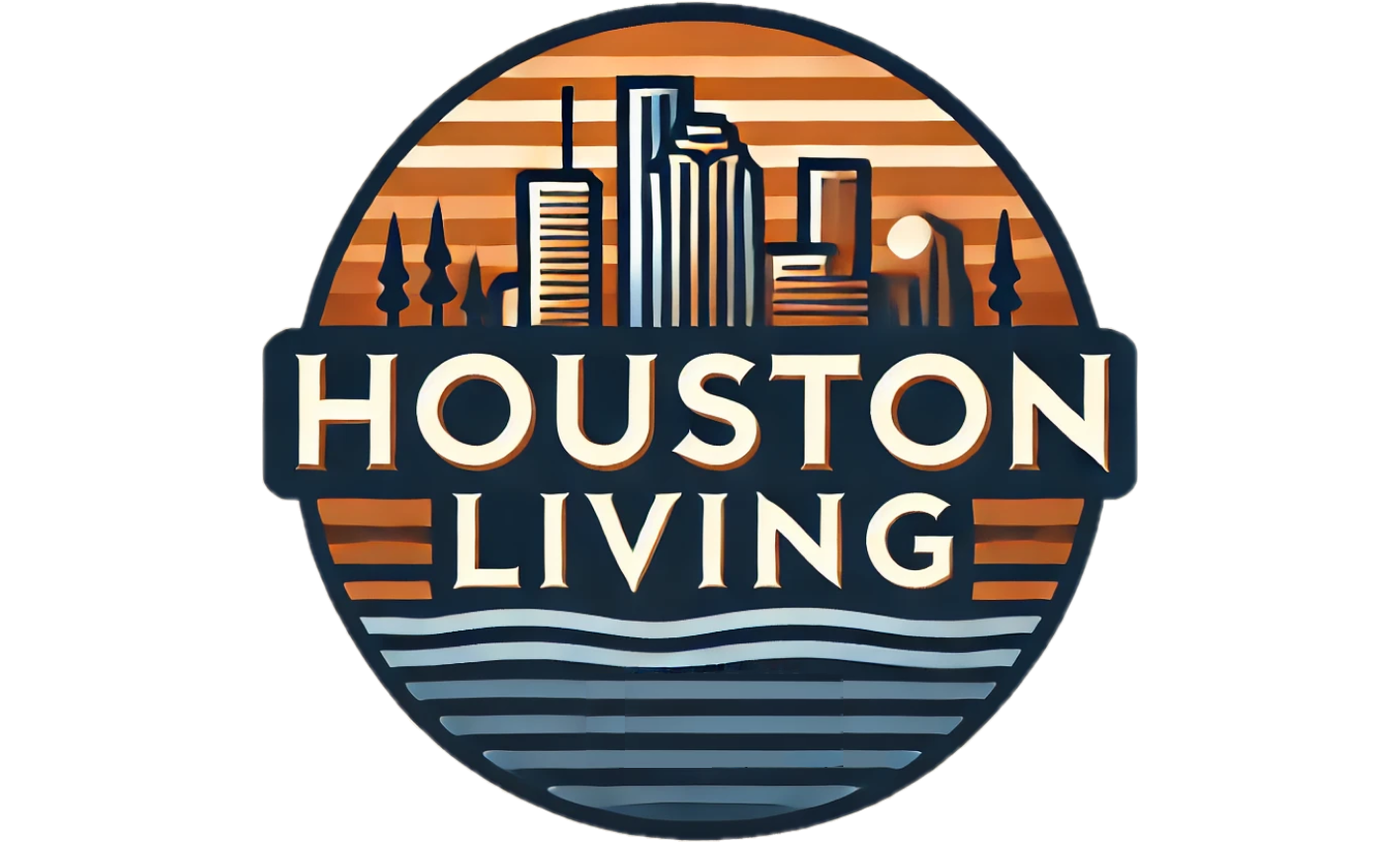
The Frustration of Urban Delays
The recent incident of a Union Pacific train becoming stuck on tracks near Houston's bustling West Loop not only serves as a reminder of the complexities of urban transportation but also highlights a systemic issue that many Houstonians face daily. For over five hours on Friday, this mechanical failure bogged down major thoroughfares including Westheimer, Richmond, and San Felipe, creating a chaotic gridlock in one of the city’s busiest areas. The delays were not just an inconvenience; they forced some drivers to abandon conventional routes and resort to dangerous maneuvers, driving against traffic and across grassy medians.
Analyzing the Situation: The Impact of Stalled Trains
As the Union Pacific train stalled from 10 a.m. to 3:15 p.m., it underscored how intermodal transit can adversely affect daily life in a city so interconnected via rail. Such long stoppages are not unique to this incident; Federal Railroad Administration data indicates a troubling trend for Houston. With numerous crossings blocked near schools and significant traffic arteries, one has to wonder—how does this affect emergency services and local business?
Connecting the Dots: The Bigger Picture of Trains in Houston
Looking at the recent incidents, it is apparent that urgency is required to address these situations. A study pointed out that Houston is one of the busiest rail hubs in the country, with approximately 100 trains moving throughout the city daily. Nevertheless, the lack of infrastructure such as overpasses results in regular traffic disruptions, especially during critical hours like school drop-off and pick-up times.
For instance, reports have shown that trains routinely block intersections near Houston Independent School District (HISD) campuses, with hundreds of stoppages taking place in just this last year. This not only complicates commutes but puts students in potentially hazardous situations where their safety is compromised. The children attending schools adjacent to blocked intersections reported stories of climbing through trains or navigating dangerously around stalled railcars.
Creating a Safer Environment
In response to these pressing issues, local political leaders are advocating for enhanced measures to ensure student safety. One of the immediate suggestions includes constructing pedestrian bridges—an expensive yet necessary investment to mitigate risks during high-traffic school hours. Union Pacific has pledged to reassess timings of their train operations in areas near educational institutions, a promise welcomed by anxious parents and educators alike.
Potential Solutions and Lessons Learned
As many cities grapple with similar transport challenges, Houston's predicament serves as a case study. Officials must enforce stricter regulations around train operations during essential hours to prioritize pedestrian safety. Another consideration is implementing real-time traffic management systems, allowing drivers to plan routes that avoid train crossings. This is a feasible approach taken by other metropolitan areas that have faced analogous transportation dilemmas.
Looking Ahead: Improved Communication and Infrastructure
The incident with the stalled train reveals not only the shortcomings of our current transport infrastructure but also the need for better communication. There remains a pressing opportunity for Union Pacific, city officials, and community leaders to collaborate effectively, sharing data on train movements and improving public awareness. Enhancing the rail management system can ensure smoother operations and provide communities the means to navigate safely through one of the nation’s most heavily trafficked urban landscapes.
Ultimately, every time a train gets stuck, it amplifies the broader discourse on transportation safety, urban infrastructure, and the need for holistic solutions that prioritize the well-being of residents, especially vulnerable populations like schoolchildren. With ongoing advocacy and informed community engagement, the hope is that urban transport can evolve to meet the challenges of today and safeguard the future.
 Add Element
Add Element  Add Row
Add Row 



Write A Comment